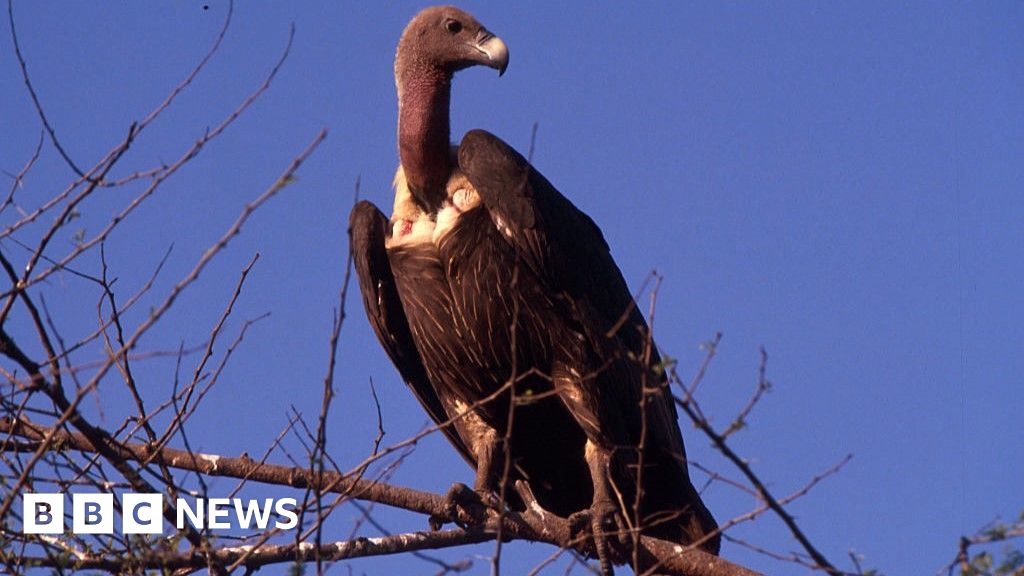The Impact of Diclofenac on Indian Vulture Populations and Human Health
Indian vultures: Decline of scavenger birds caused 500,000 human deaths 🔗

The decline of Indian vultures due to the veterinary drug diclofenac has had severe consequences for both wildlife and human populations. Once abundant, vultures faced a dramatic drop from 50 million to near extinction levels by the mid-1990s. Their role as scavengers is crucial in controlling disease, as their absence led to increased bacteria and infections, contributing to approximately 500,000 human deaths between 2000 and 2005. The study highlighted the link between the drop in vulture populations and rising human death rates, particularly in areas with many livestock and carcass dumps. While some captive-bred vultures have been reintroduced, ongoing threats from veterinary drugs and habitat loss remain significant challenges.
What caused the decline of vultures in India?
The decline was primarily caused by diclofenac, a non-steroidal painkiller used to treat livestock, which is fatal to vultures that consume carcasses of treated animals.
How did the decline of vultures affect human health?
The absence of vultures led to an increase in bacteria and infections, resulting in about 500,000 human deaths over five years due to the spread of diseases that vultures would have otherwise controlled.
Are there any efforts to bring vultures back to India?
Yes, there have been efforts, including the release of captive-bred vultures fitted with satellite tags, but ongoing threats such as veterinary drugs and habitat loss continue to pose challenges.